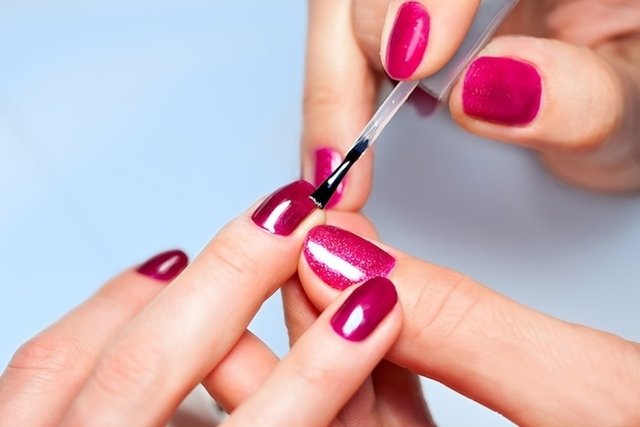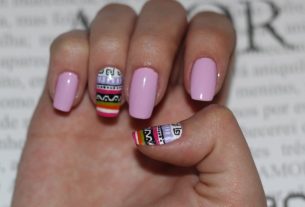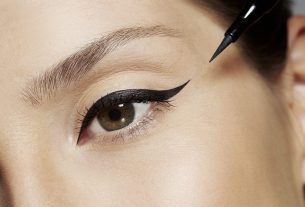To take care of your nails and make your nail polish last longer, what you can do is use cloves in your nail polish, use a strengthening base or apply thin layers of nail polish, for example.
If the person decides to get their nails done, they should follow some tips and precautions that can help maintain the health of their hands and nails, which can help the nail polish last longer:
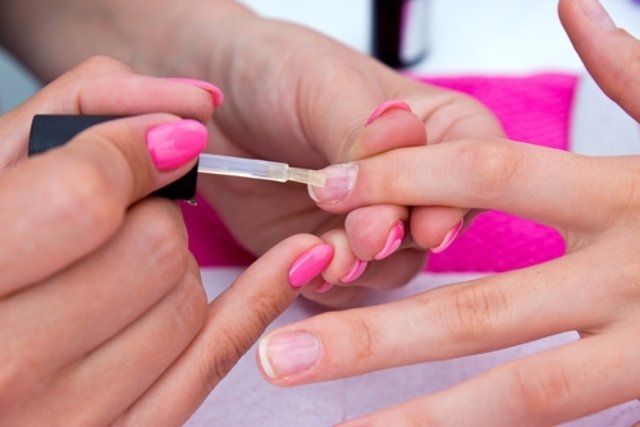
1. Use cloves in nail polish
Placing cloves inside the nail polish or inside the strengthening base makes the nail polish resistant to fungi, thus reducing the chances of it becoming contaminated and causing nail fungus. To do this, simply add 5 cloves to the nail polish or strengthening base, and wait about 24 hours before using.
2. Wash your hands and apply clove oil or vinegar to your nails
Washing your hands well with soap before applying nail polish ensures they are clean, and applying clove oil or vinegar to your nails helps reduce the chances of developing infections or ringworm.
3. Push back the cuticles
Before applying nail polish, you should always push back the cuticles by applying an oil or cream for hands and cuticles, using a small stick to push. You should avoid removing the cuticle with pliers, as the damage caused to the skin can increase the chances of infections.
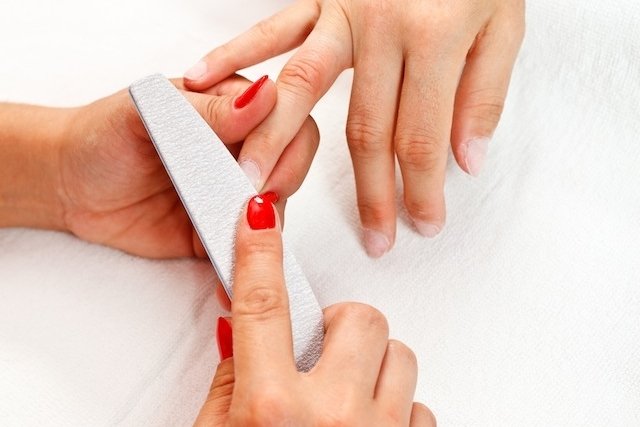
4. Sand the nail and the corners
Using a polishing file, you must carefully file the nails on the surface, in order to leave them very smooth and without grooves. In addition, you should also sand the corners a little, to prevent it from chipping or breaking over the days.
5. Apply a strengthening foundation
Before applying nail polish, you should apply a good strengthening base to your nails, rich in vitamin B5, which will not only strengthen and protect your nails, but will also help the nail polish to stay on better.
6. Apply thin layers of nail polish
Always applying very thin and well-distributed layers of nail polish to the nail is another secret that helps the nail polish last longer, because this way the nail polish adheres better to the nail, drying better and becoming shinier. When applying thick layers of nail polish, it can become pasty, making it more difficult to dry and adhere to the nail, which makes it easily chipped or marked.
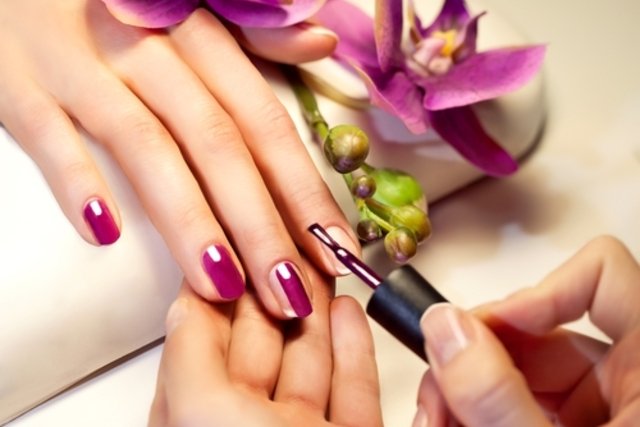
7. Remove excess nail polish
Removing excess nail polish from around each nail also prevents the nail polish from coming off the nails and, to do this, you can use a toothpick or an orange stick with a little cotton on the tip dipped in nail polish remover, without acetone. .
8. Apply extra shine nail polish
Applying a good extra shine at the end, protects the nail polish, increasing its duration, and leaves the nail shinier.
9. Protect your hands in everyday life
Protecting your hands daily with gloves, whenever it is necessary to carry out household tasks, such as washing the dishes or cleaning the house, where you need to keep your hands in contact with water or cleaning products, is another precaution that can help your nail polish last longer time, as well as helping to keep your hands and nails protected, hydrated and cared for.
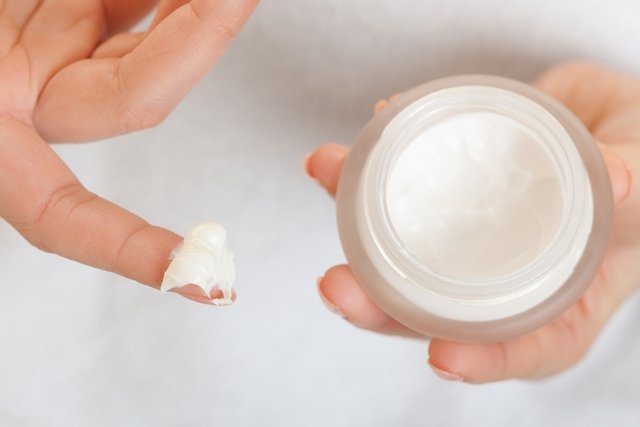
10. Moisturize your hands and nails daily
Moisturizing your hands daily is another tip that helps nail polish last longer, as it hydrates the skin, nails and cuticle, leaving them beautiful and silky.
Furthermore, using nail polish or tools from the salon should be avoided, and it is advised that the person always carries their own nail polish. The person can also ask the manicurist if the instruments used, especially the pliers and other metal instruments, have been sterilized.
In some cases, allergy reactions to nail polish may occur, in which the nails become weak or brittle for no apparent reason, and redness or itching of the skin may appear. In these cases, it is recommended that you consult a dermatologist. Learn how to identify and treat enamel allergy.

Sign up for our newsletter and stay up to date with exclusive news
that can transform your routine!
Warning: Undefined array key "title" in /home/storelat/public_html/wp-content/plugins/link-whisper-premium/templates/frontend/related-posts.php on line 12
Warning: Undefined array key "title_tag" in /home/storelat/public_html/wp-content/plugins/link-whisper-premium/templates/frontend/related-posts.php on line 13

